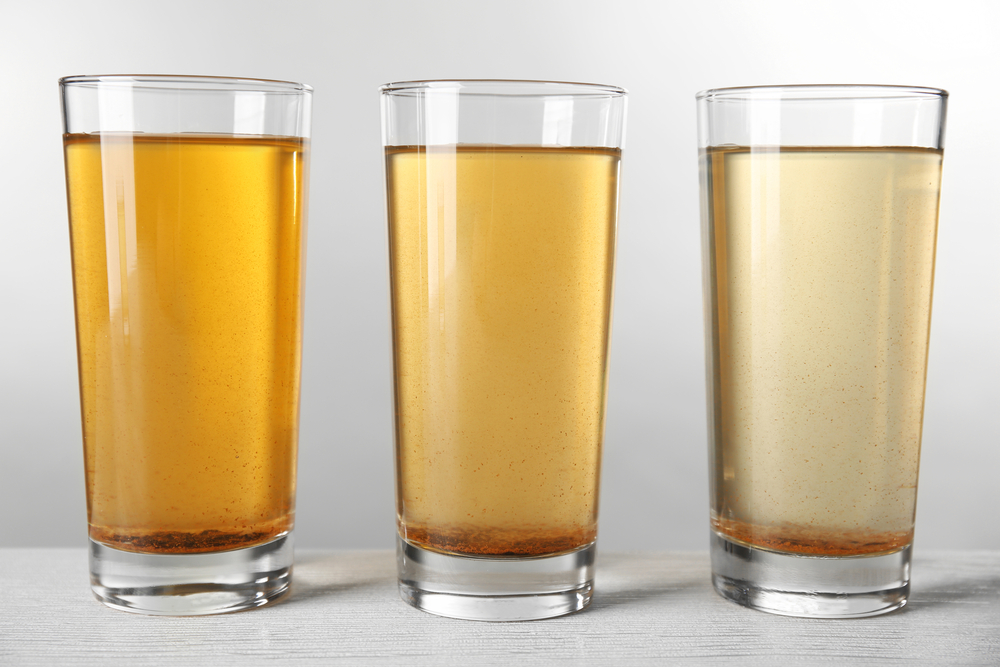Health Effects
PFAS exposure has been linked to pregnancy-induced hypertension, miscarriage, low birthweight infants, decreased male fertility, intellectual developmental delay, increased risk of kidney and testicular cancer, immune system and thyroid hormone disruption, increased cholesterol levels, and kidney and liver disease.
Regulatory Limit – Health-Related
- MassDEP Maximum Contaminant Level – 20 ppt (sum of PFOS, PFOA, PFNA, PFHxS, PFHpA and PFDA)
- Vermont DEC Maximum Contaminant Level – 20 ppt (sum of PFOA, PFOS, PFNA, pFHxS and PFHpA)
- Maine DEP – interim drinking water standard – 20 ppt (sum of PFHxS, PFHpA, PFOA, PFOS, PFNA, and PFDA)
- New Hampshire DES Maximum Contaminant Levels – 12 ppt PFOA, 15 ppt PFOS, 11 ppt PFNA, 18 ppt PFHxS (these levels are currently under an injunction and not enforceable as of December 31, 2019)
- New York DEC Maximum Contaminant Levels –10 ppt PFOA, 10 ppt PFOS
- Michigan EGLE Maximum Contaminant Levels (420 ppt PFBS, 51 ppt PFHxS, 400,000 ppt PFHxA, 8 ppt PFOA, 16 ppt PFOS, 6 ppt PFNA, 370 ppt HFPO-DA)
- California Division of Drinking Water
- Notification Levels – 6.5 ppt PFOS, 5.1 ppt PFOA, 500 ppt PFBS
- Response Levels – 40 ppt PFOS, 10 ppt PFOA, 5,000 ppt PFBS
The Agency for Toxic Substances and Disease Registry (ATSDR) has set Minimal Risk Levels – an estimate of the amount of chemical a person can eat, drink or breathe each day without a detectable risk to health – for selected PFAS analytes:
- PFOA: 78 ppt (adult) and 21 ppt (child)
- PFOS: 52 ppt (adult) and 14 ppt (child)
- PFHxS: 517 ppt (adult) and 140 ppt (child)
- PFNA: 78 ppt (adult) and 21 ppt (child)
The Environmental Working Group (EWG), in its own set of drinking water standards based solely on protecting health – particularly decreased vaccine antibody response in children — has proposed a standard of 1.0 ppt for each of the following PFAS analytes: PFBS, PFHpA, PFHxS, PFNA, PFOS and PFOA. (Source: https://ehjournal.biomedcentral.com/articles/10.1186/1476-069X-12-35)
Common Sources
Exposure through drinking water has become an increasing concern because PFAS do not break down easily in the environment and can accumulate in groundwater. Such contamination is typically localized and associated with a specific facility, for example a military installation or airfield which used the chemicals for firefighting. PFAS may also be present in the environment due uncontrolled local waste dumping (e.g., food wrappers, disposed carpet), or localized used of aqueous fire-fighting foam (AFFF) on vehicle accidents on highways or roads.
Perfluoro-octanoic acid (PFOA) and Perfluoro-octane-sulfonic acid (PFOS) (the most widely used PFAS), have been used extensively in common household products such as nonstick pans, food packaging (pizza boxes, microwave popcorn bags, etc.), clothing and upholstery protectors (GoreTex, Scotchgard, etc.), and some cosmetics.Exposure through drinking water has become an increasing concern because PFAS do not break down easily in the environment and can accumulate in groundwater. Such contamination may be localized and associated with a specific facility, for example a military installation or airfield which used aqueous fire-fighting foam (AFFF) for firefighting, industrial operation or landfill. PFAS may also be present in the environment due uncontrolled local waste dumping (e.g., food wrappers, disposed carpet), localized used of aqueous AFFF on vehicle accidents on highways or roads or agricultural and residential application of PFAS-contaminated “natural” fertilizer (sourced from wastewater treatment plant sludge or pulp and paper processing sludge).
Perfluoro-octanoic acid (PFOA) and Perfluoro-octane-sulfonic acid (PFOS) (the most widely used PFAS), have been used extensively in common household products such as nonstick pans, food packaging (pizza boxes, microwave popcorn bags, etc.), clothing and upholstery protectors (GoreTex, Scotchgard, etc.), and some cosmetics.
Prevention/Treatment Considerations
Carbon filtration (Granular Activated Carbon/GAC and Carbon Block) and Reverse Osmosis/RO have been shown to be effective at removing PFAS from drinking water.



